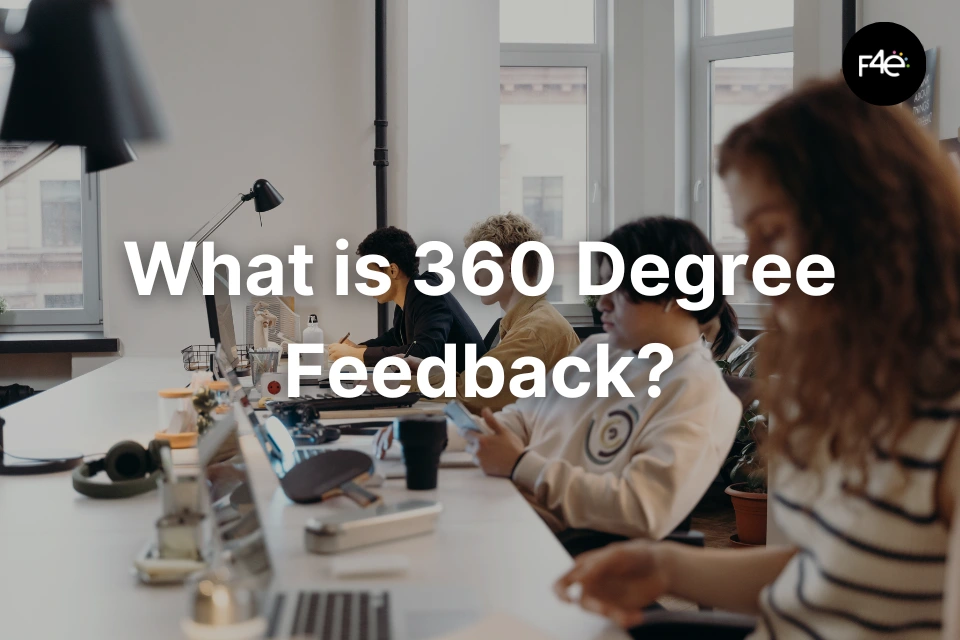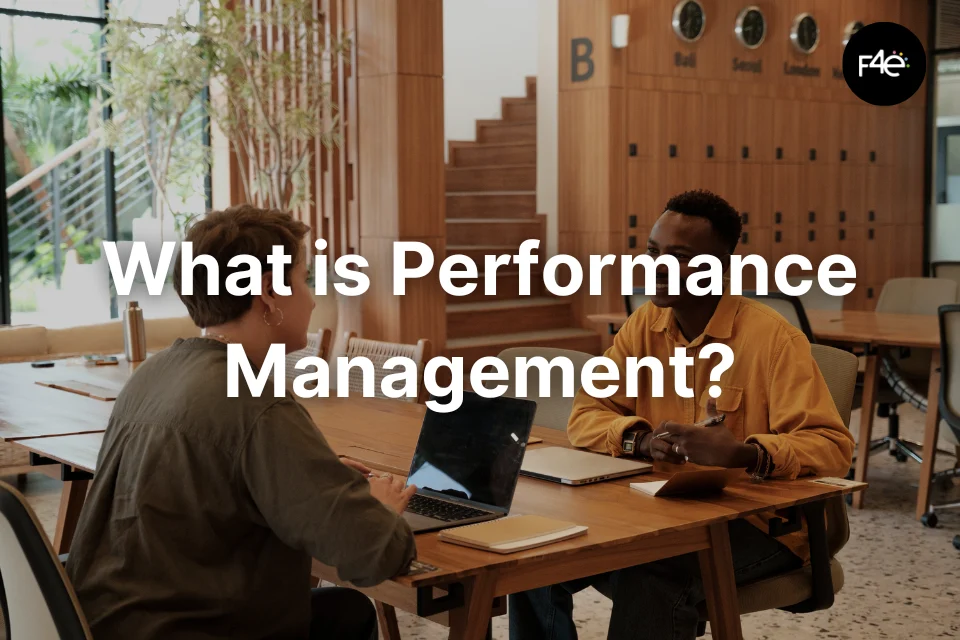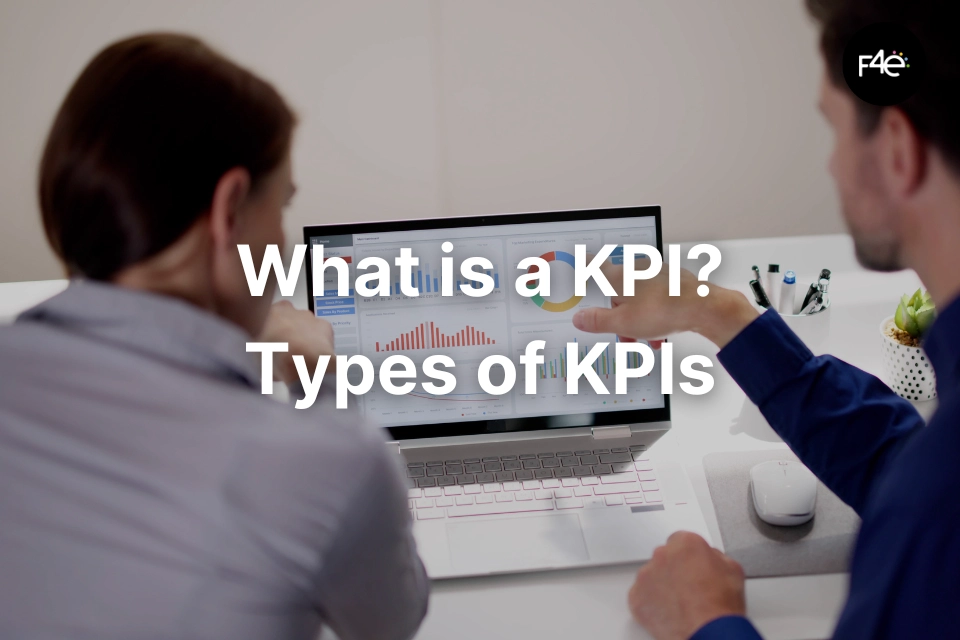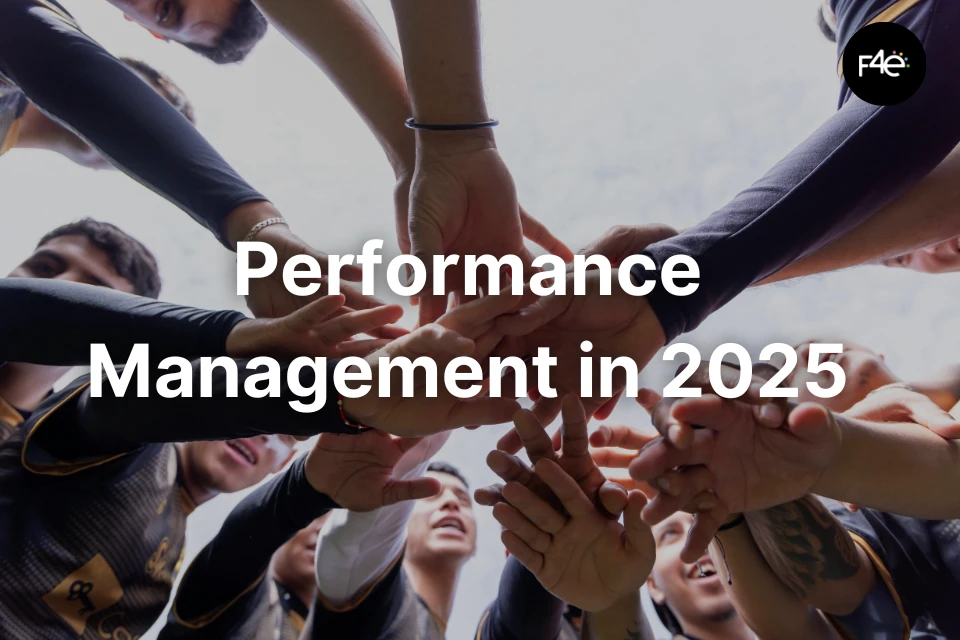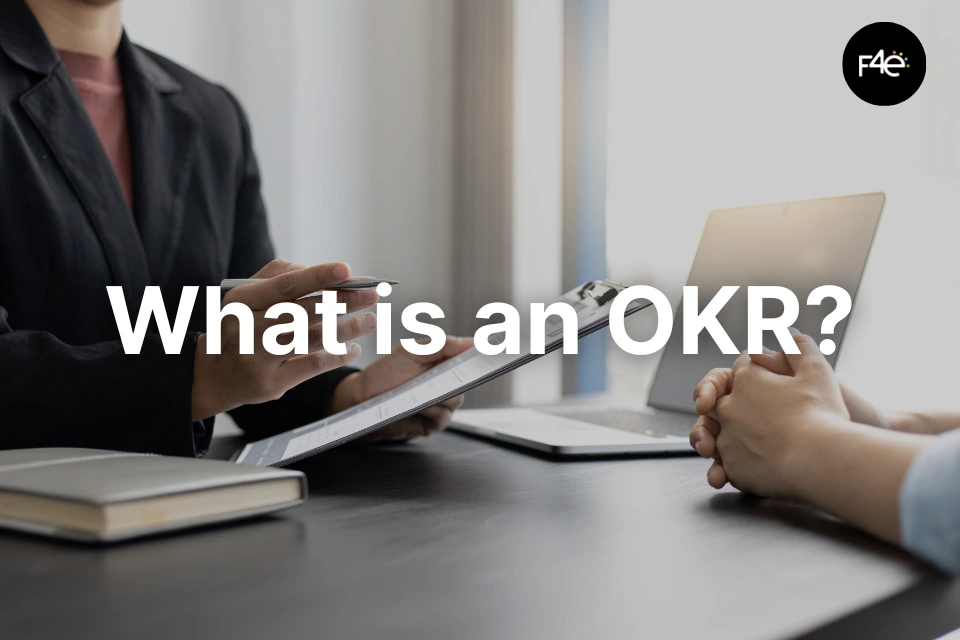The annual performance evaluation, conducted by many organizations, has become more of a bureaucratic requirement perceived as not adding value. It has turned into a process that is not favored by employees, managers, and even the HR department. Companies like GE, Deloitte, IBM, and Gap have eliminated this annual practice, opting to bring employees and managers together more frequently, enhancing interaction and dialogue.
Challenges with annual performance evaluations:
Throughout the year, many issues often get forgotten due to work intensity, and only topics remembered at the year-end are discussed. Expectations accumulate in employees until the performance evaluation period, leading to disappointment and demotivation when these expectations are not managed. This process also generates anxiety among employees, increasing pressure and tension.
How instant and continuous feedback provides benefits:
With a process that emphasizes real-time feedback, employees can provide each other with instant feedback both verbally and in writing by communicating more frequently.
Why continuous feedback:
- 70% of employees prefer receiving feedback more frequently. More frequent feedback increases employee satisfaction and loyalty.
- The main disadvantage of annual performance evaluations is that the topics discussed in meetings are often selected from those remembered from the recent past. Continuous feedback involves shorter but more frequent meetings, allowing for more accurate performance evaluations.
- Employee productivity and the quality of work improve.
- It provides a foundation for employees to continually improve themselves.



